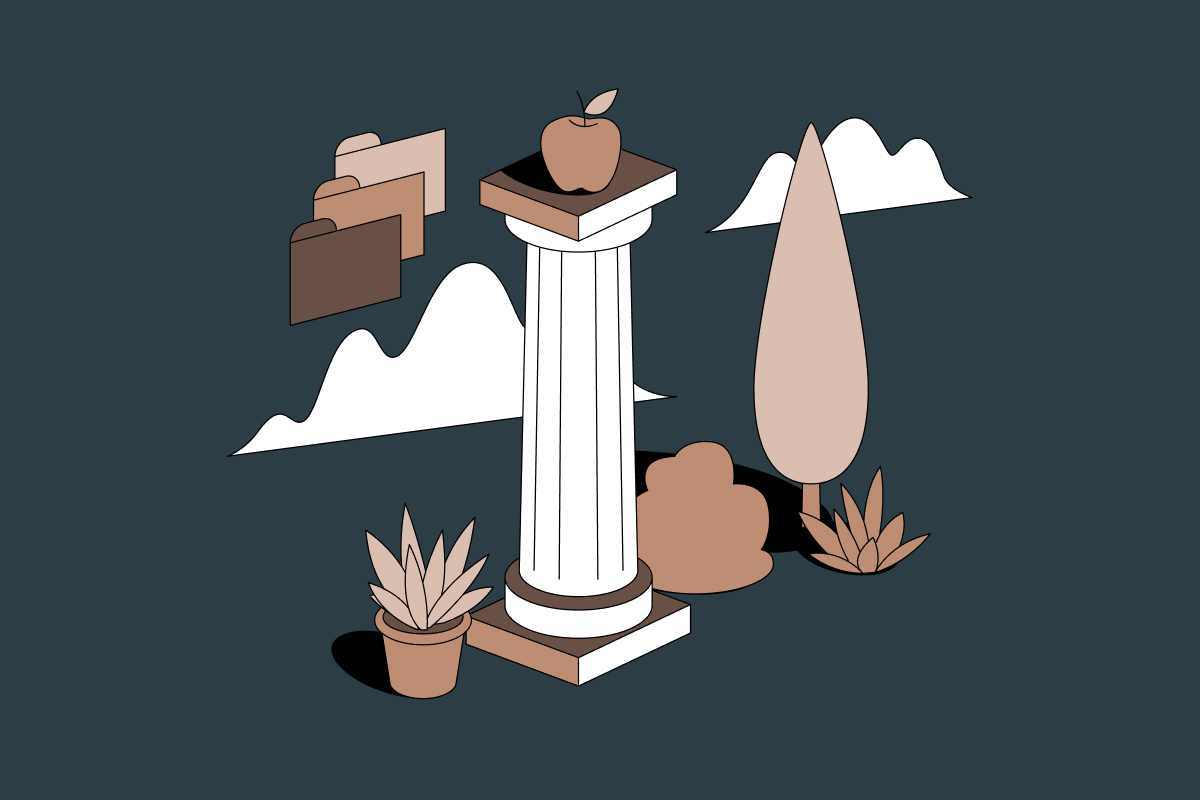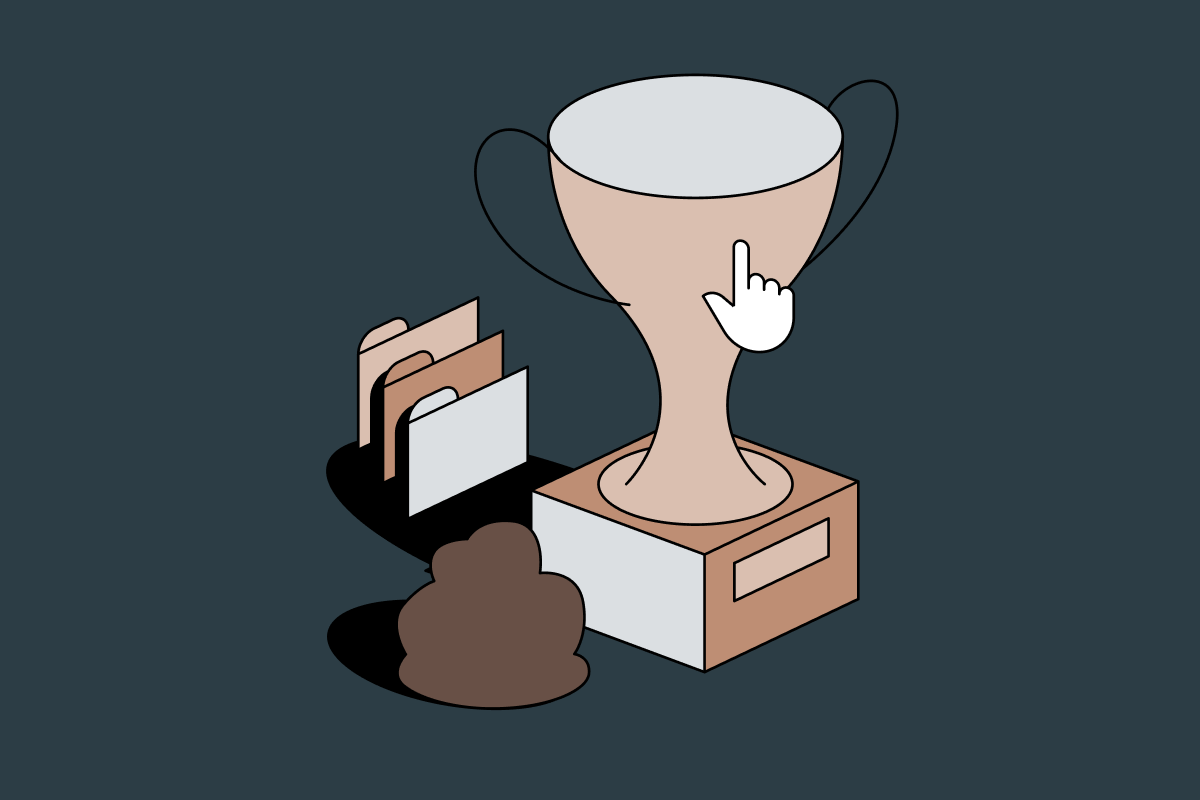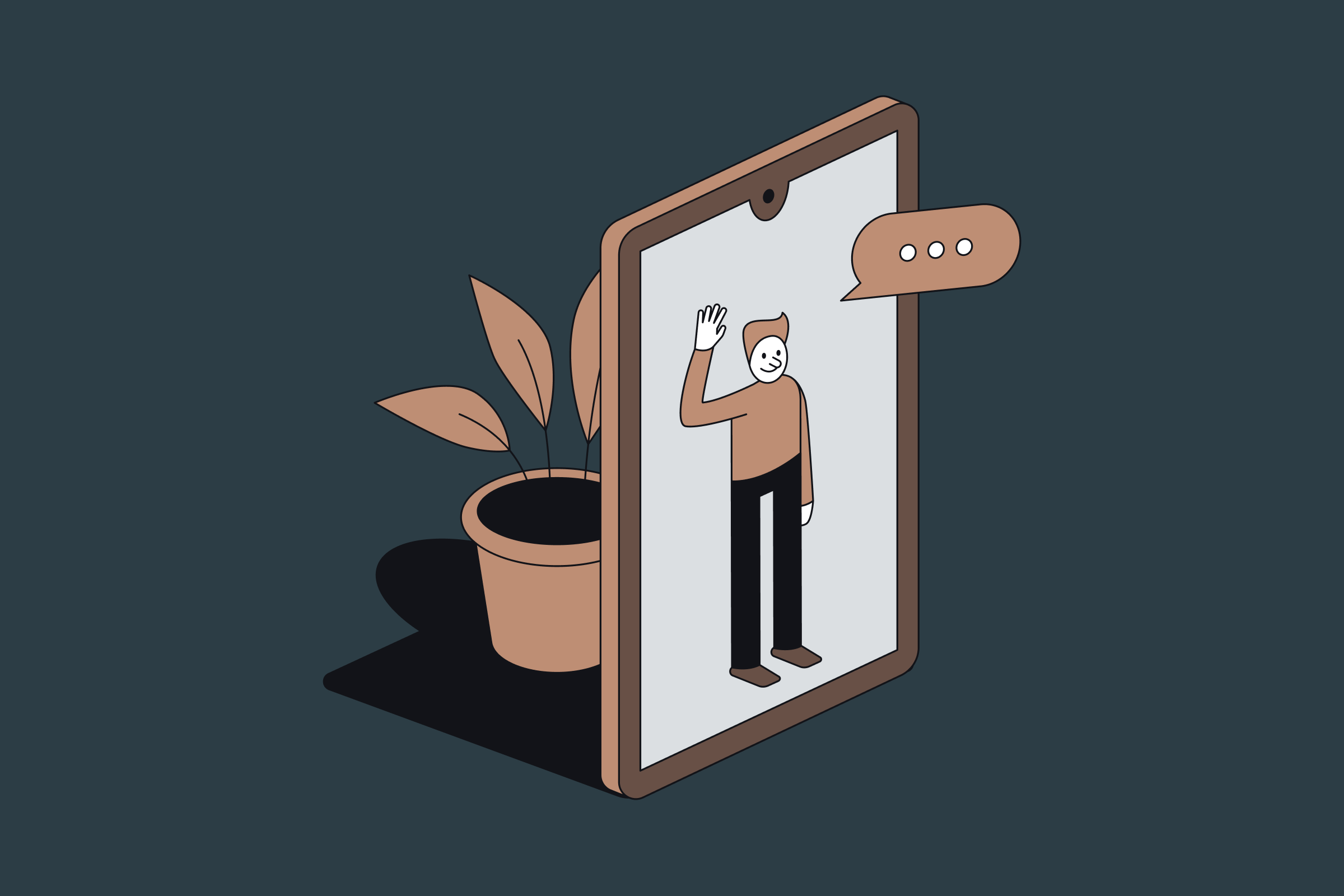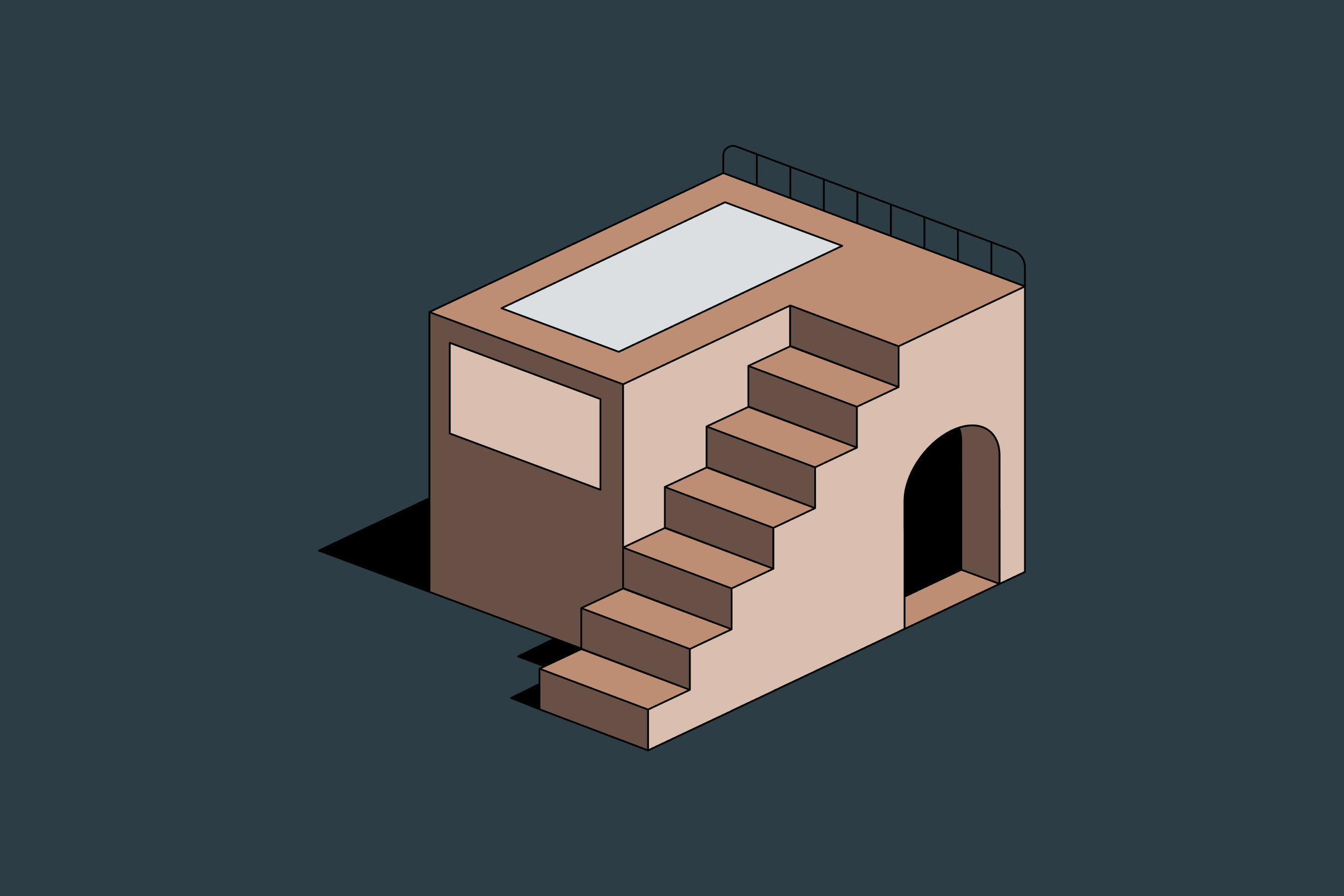Being a product designer is kind of like being a jack of all trades, you are expected to do a variety of things and sometimes it’s even hard to jot down what skills you should be focusing on. If you’re thinking about that and how you can improve yourself you’re already making progress. No one is perfect, we should all strive to learn and improve our skills.
***
Understand what is expected
One of the foundational things to be successful at your job as a designer is to actually find out what is expected of you and your role. Spend some time talking through that with your client, manager, stakeholders, and teammates. It’s important to have a shared understanding of what you should be involved in.
Another part of that is what’s the current state of business. Depending on that and UX maturity your expected focus could be very different. In some companies that are in the early stages, the most important part of your work could be introducing the voice of customers and laying the foundations of the UX process. In growing companies, your efforts would be more revolving around building a team of designers and nurturing effective collaboration.
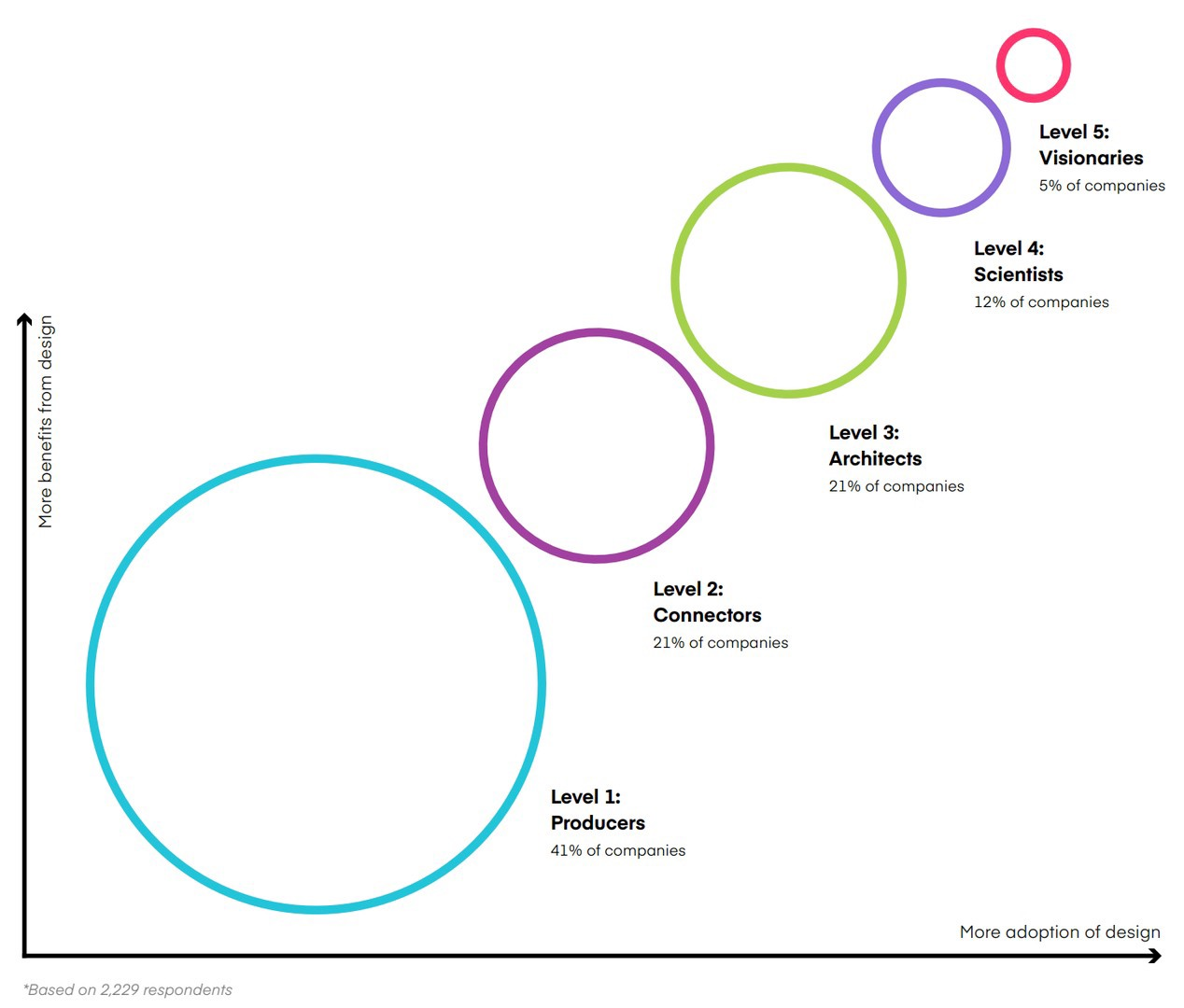
And whether you have a complete UX process in place or only a foundation, it’s important to understand and analyze what you have. What works well? Would could be improved? You need to learn the current and desired states of these processes. Learn who you work with, what’s the organizational structure, your teammates, and important experts you may need to sync with.
Dive deep into your company's business
In product companies, you can always rely on your product partner's knowledge and judgment instead of building your own. However, designers need to learn business because we need to have a conversation on that level. This means learning what and how we do it, why it’s important, and being able to connect different parts of the business, design, and engineering. Designers are new to this discussion and the truth is – engineers and product managers can build things without us. We need to learn business to be able to articulate how design can make products and services better. To be able to show how we can provide value to those functions.
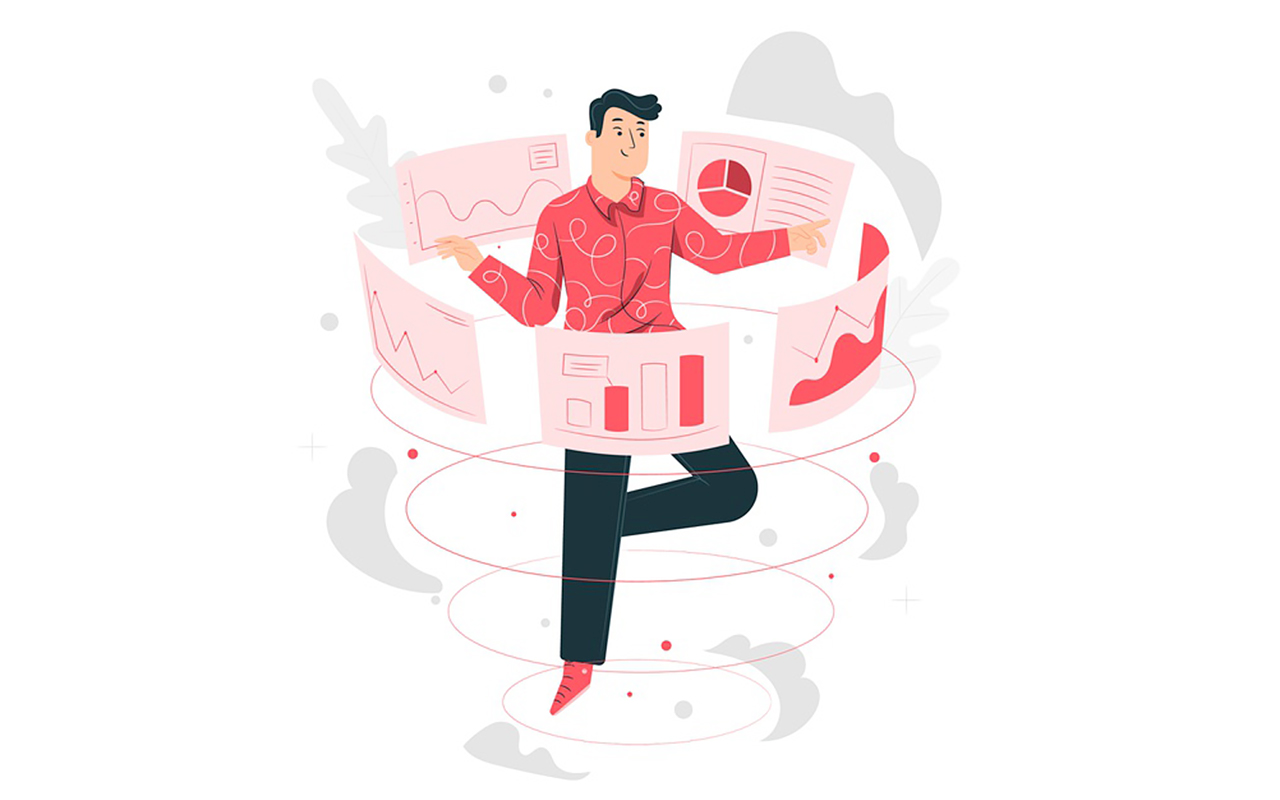
A lot can be learned in basic unit economy courses or similar. You can also get a lot about startups and tech in newsletters like Stratechery, Andrew Chen newsletter, or through many podcasts. Its extremely important to dive deep and try to understand how a key figure in this space thinks about products and business. The more you immerse yourself in that, the more inspired and motivated you become.
“The final look of anything is the by-product of the clarity (or lack of it) during its design phase. Clarity of intent will translate into clarity of result.” — Massimo Vignelli
Learn to get and accept feedback
A lot of times when we think about great designers or great professionals in general, we tend to imagine perfect portfolios and the fantastic quality of work that they deliver. This is true, but what is also important – skills like good communication, leadership, and discipline. They are called soft skills and arguable they are even more important than hands-on experience. One of these skills that is especially important for a designer is how you work with feedback.
You should know what kind of feedback you’re looking for and be able to nudge the interviewee if you feel like you’re not making progress. Ask clarifying questions and don’t interrupt, making enough space and time for people to thought through. Remember that feedback is a gift and takes time to create. Be thankful for someone who took the time to answer your questions.
It’s also helpful to keep in mind that most people do not know how to provide useful feedback. And other people just need a reminder sometimes.
Giving design feedback on the other hand in a way that is constructive and supportive is no easy task. But it’s critical for every designer to develop and master this skill – be empathic and keep in mind that a lot of effort has been put into the work already and design is never finished. You should be direct enough, but not appear rude, and never make it personal.
Ask the right questions
The more context and details you know about the problem that you’re solving, the more confident you would be in your work. It’s impossible though to know everything, but there’s certainly a sweet spot where you have just the right amount of information to work with. To get that critical information you should ask tons and tons of questions to stakeholders, experts, or your clients. Right questions asked are also a positive sign to everyone that you get the gist and it shows the way you think.
The worst part of this – a lot of times people don’t want to ask ‘obvious’ or ‘stupid’ questions thinking that probably everyone except them knows the answer. But too many times it’s just not the case and everyone in a room ends up with the same bunch of unanswered dumb questions. Even if it’s something everyone knows – it’s still good to reiterate and make sure everyone has the same understanding. There are no dumb questions.
Asking good questions is hard, but it is something that you naturally get with practice and observing how more senior designers work.
“Questions don't have to make sense, Vincent," said Miss Susan. "But answers do.” – Terry Pratchett, Thief of Time
Learn how to present your solutions
As designers, we tend to forget that other people do not share the same domain knowledge as we do. I make the same mistake sometimes. Because they don’t have that domain knowledge, some things require an explanation.
You should explain the problem you’re solving and make it visible to everyone. That way you frame your design work around a problem and make it possible to see the design through this lens. Pretty often the people you present to haven’t been involved in all nuances of the project, so it’s always a good idea to also summarize the context, goals, and your findings in a structured way. Storytelling is an important factor in making your audience engaged.
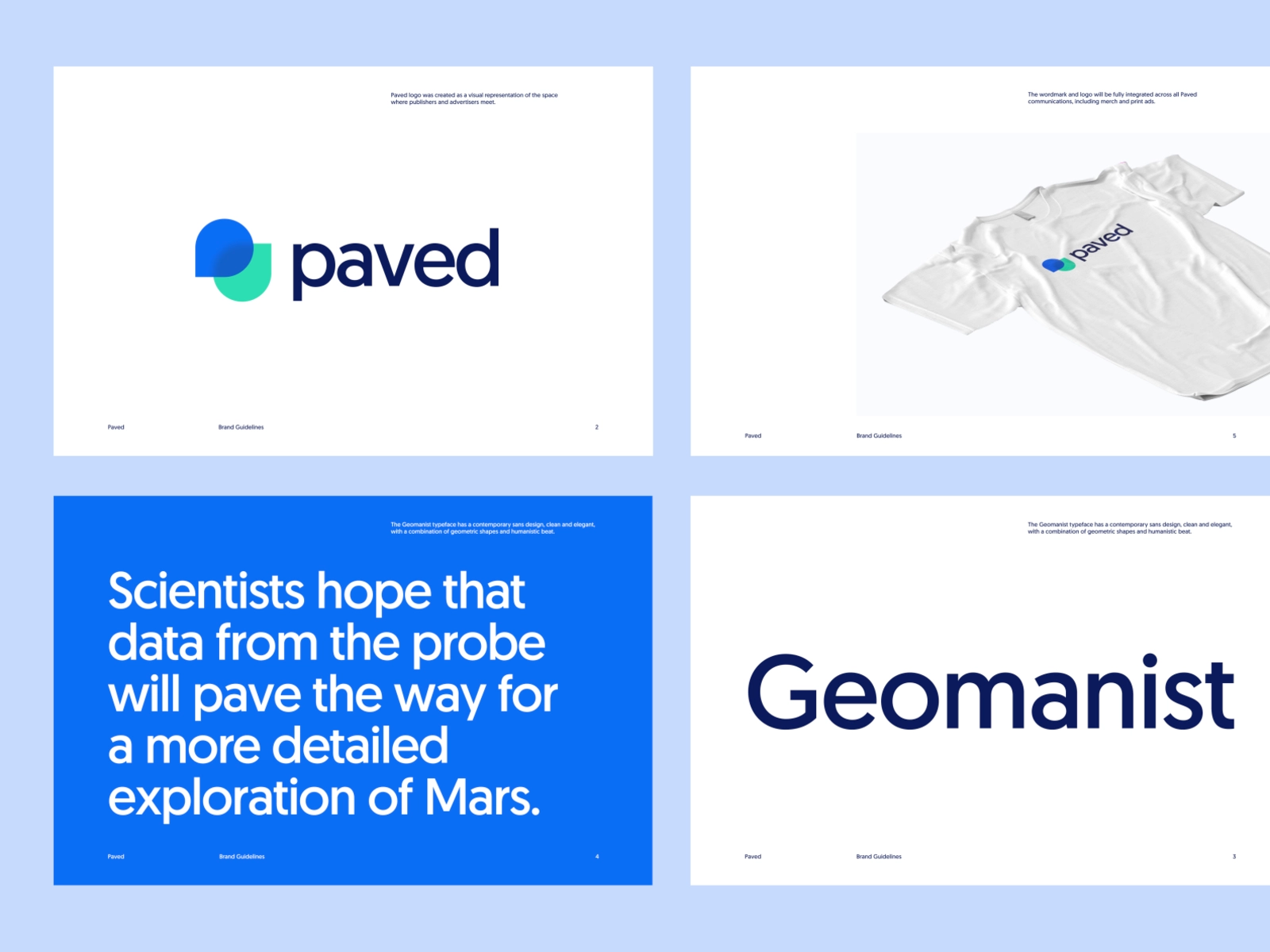
If you are presenting something that is really crucial for the project, you may want to spend more time beforehand. Interactive elements and well though storytelling would help you get your audience’s full attention. Good presentation design is rewarding.
Advocate for users
Oftentimes, designers are closer to users than anybody else on a team. And surprisingly when we think about user experience we tend to forget the “user” part of user experience. We should always take the time to look at design work through their lens. What confusion might they have? Is there anything we can do better? As designers we should always be in touch with users, getting more context and practicing empathy.
But of course, every business should put its own survival first. And there is no contradiction in this – every business would benefit from a user-centered approach, understanding its users’ needs and making the product better for them. One of the examples of this kind of advocacy could be accessibility. Something that many companies overlook in their development.
Learn to trust your guts
This is a bit controversial and way harder to explain than other things, but I’ll try. Following your intuition today with all the data we now possess seems quite irresponsible, right? We can have so much information about every aspect of the user. But I firmly believe that there’s a place for intuition in our modern decision-making process, just as much as collecting data does.
Basically, when we trust our guts, we trust all the life experiences and instincts that we have – it’s a sum of it. And I feel like this partner gets more and more trustworthy as we grow. It’s very personal and often can include biases, but we learn and adjust it along the way.
“I believe in intuitions and inspirations. I sometimes feel that I am right. I do not know that I am.” – Albert Einstein to Saturday Evening Post in 1929
Think big
Make time for innovation and exploration. As designers, we possess the great power to be able to visualize the future. It’s more than just painting an idealistic picture of the future — it is a process of evaluating present conditions, identifying problem areas, and bringing about a consensus on how to overcome existing problems and manage change.
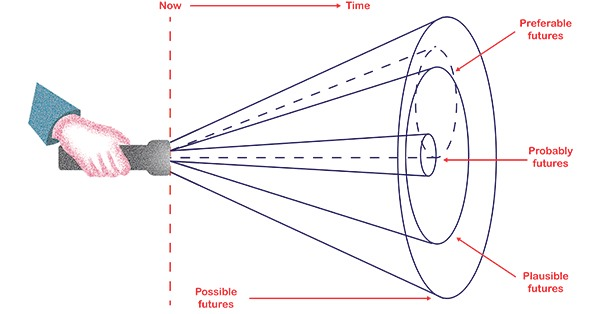
Design is essentially forward-looking, it envisions possible and desirable futures and offers strategies for their implementation. When we do exploratory kind of work, we begin with the desired future state and then look back to the present. In a way, design is the process of envisioning and creating our collective future.
